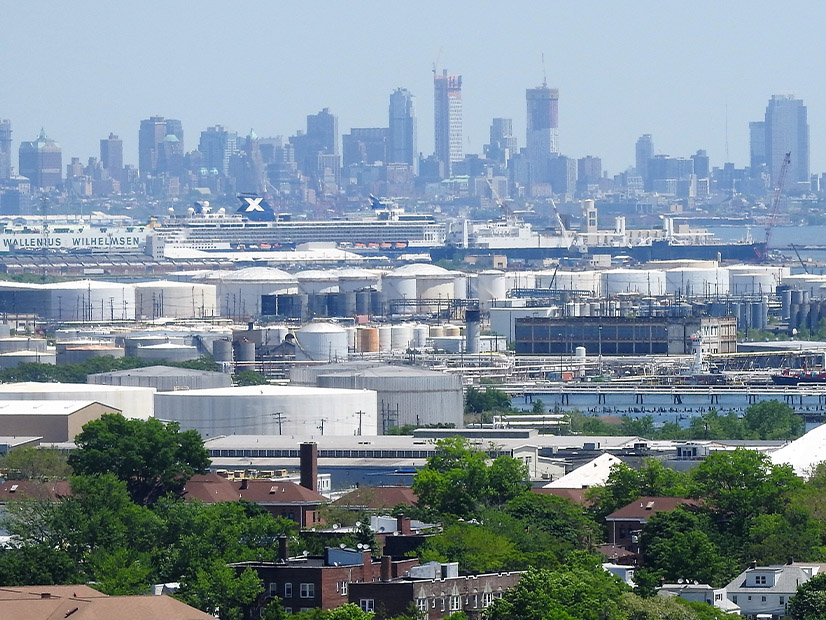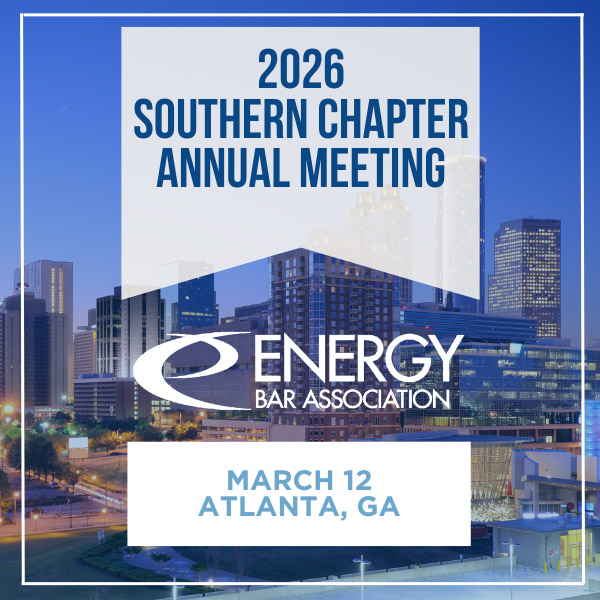NYISO opened the Installed Capacity Working Group’s meeting Feb. 4 by telling stakeholders it is assessing the impact of President Donald Trump’s 10% tariff on “energy resources from Canada” on its markets.
Trump the previous day paused the tariff, along with 25% tariffs on other imports from Canada and from Mexico, for 30 days after last-minute negotiations with the two countries’ leaders. (See North American Trade War Averted as Canada, Mexico Strike Deals.) But it remains unclear as to what resources it would apply to if it goes into effect March 4. (See Uncertainty Remains Around Energy Tariffs amid Last-minute Deals.)
“NYISO is actively pursuing guidance pertaining to the impact on electricity markets and which Canadian energy resources qualify,” it said in a statement read at the start of the meeting. “We will communicate to all stakeholders as soon as we receive clarification.
“The U.S. and Canada have one of the most integrated electric grids in the world, allowing system operators in both countries to pool resources for improved reliability and economic efficiency. We are in close and regular contact with Hydro-Quebec and Ontario’s Independent Electricity System Operator to ensure a reliable grid and stable flows of electricity across interregional transmission lines.”
In addition to the applicability of the tariff to electricity imports from Canada to New York, NYISO is investigating:
-
- whether the ISO has any responsibility in collecting the tariff;
- whether the ISO’s tariff (that is, its filed rate) requires any amendments to fulfill a collection obligation;
- software and administrative procedures to effectuate tariffs; and
- reliability considerations over the short and long terms.
NYISO spokesperson Andrew Gregory declined to say who or what the ISO is consulting or when it expected answers.
A spokesperson for New York Gov. Kathy Hochul told RTO Insider the governor’s office did not know what the tariff would include, if it proceeded. The New York Department of Public Service said in a statement that it was “closely reviewing the situation.”
Celeste Miller, acting director of media relations for FERC, declined to comment.
FERC Order 904
Amanda Myott, NYISO senior market design specialist, presented an update to the ISO’s compliance filing for FERC Order 904, which prohibits transmission providers from including charges in their rates to compensate generators for reactive power that falls “within the standard power factor range by generating facilities.”
In keeping with the order, NYISO intends to discontinue compensation to voltage support service (VSS) suppliers for reactive power within the standard range.
“NYISO is also proposing to continue compensation for suppliers that offer voltage support outside the standard power factor range, with compensation being based on demonstrated capability using existing VSS testing and payment procedures,” Myott said.
The ISO also proposes to define the standard range of 0.95 leading to 0.95 lagging, which is industry standard.
Suppliers who want to participate will be subject to the same VSS capability testing rules and procedures that exist. The penalty structure for VSS program participants will be retained. Performance failures within the standard range for suppliers who do not participate in the new program will not be subject to penalties but may be reviewed under the tariff for a market violation.
The new VSS program will be integrated into the capacity market through an adder to account for VSS revenues for each peaking plant technology. The adder’s value will be determined formulaically based on the Rate Schedule 2 compensation structure. This will come into effect on May 1 to align with the 2026/27 capability year.
Several stakeholders asked to be allowed to review the tariff revisions necessitated by these changes before NYISO submitted its compliance filing, which is due March 28. The ISO stated they would return to the working group if necessary for more feedback.



